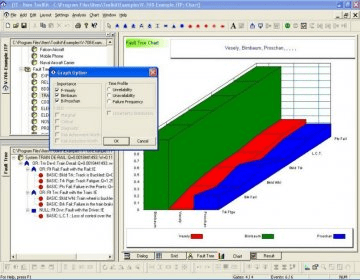

Init() creates a new window of type ItemDatabase and sets the title of the window via the titleContent property. "Assets/WUG/Sprites/UnknownIcon.png", typeof(Sprite)) M_DefaultItemIcon = (Sprite)AssetDatabase.LoadAssetAtPath( Var styleSheet = AssetDatabase.LoadAssetAtPath VisualElement rootFromUXML = visualTree.Instantiate() Var visualTree = AssetDatabase.LoadAssetAtPath Wnd.titleContent = new GUIContent("Item Database") Have it inherit from EditorWindow and add the following two methods: public class ItemDatabase : EditorWindow Load the windowīeing able to open the window is the first place you’ll want to start, which will be done via the top toolbar.Ĭreate a new script called ItemDatabase. You will be able to add a new item with the + button and delete an existing with the Delete button. The right displays the details of a selected item. The left is a list of all items, populated by assets that exist in the Data folder, which will be created shortly. I just wanted to call this out, so you know for your own projects. You do not need to do this now, since you are not building the UI from scratch. To switch modes, click on the hamburger menu in the Library tab and enable Editor Extension Authoring. UI Builder will default to assuming that any new UXML is intended for runtime, which means that controls that are not supported runtime will be hidden. Remember to check out the Create a runtime inventory UI with UI Toolkit if you need a primer on UI Toolkit and/or UI Builder. The project already has the UI Builder package installed as well.
ITEM TOOLKIT CODE
ITEM TOOLKIT DOWNLOAD
Make sure you clone or download the starter project, which is on the GitHub repository. You will focus on the steps necessary to hook it up to the data and make it interactive. Rather than having you build the UI from scratch, the starter project comes with a starter UI to work off of.
ITEM TOOLKIT HOW TO
How to create and configure a ListView and ObjectPicker.What a scriptable object is and how you can create, delete and bind to it in code.How to open a window via the Unity toolbar.Attitude Activity: The First Aid Kit: Sleep, Diet and Exercise Conclusion: Ten Final Thoughts References.In this tutorial you will learn the fundamentals needed to create custom editor windows, such as:

Effort Activity: The Three R's of a New Habit 30. Effort Activity: The Five P's of Giving Up a Habit 29. Effort Activity: Twenty-Five Minute Sprints 28. Attitude Activity: Force Field Analysis 27.

Attitude Activity: Beating Procrastination 26. Effort Activity: The Four Disciplines of Execution 25. Attitude Activity: Managing Reactions to Feedback Chapter 6. Attitude Activity: The Problem Solving Cycle22. Attitude Activity: Failing Forwards Chapter 5. Effort Activity: The Three 'Hows' of Independent Work 16. Systems Activity: Battling Information Overwhelm Chapter 4. Systems Activity: Three Types of Attention 14. Systems Activity: Fifteen Graphic Organisers 12. Systems Activity: Mapping New Territory11. Attitude Activity: The Rocky Road Chapter 3. Vision Activity: The Motivation Diamond 5. Attitude Activity: The ABC of Fear Chapter 2. Vision Activity: The Learner's Manifesto 2.


 0 kommentar(er)
0 kommentar(er)
